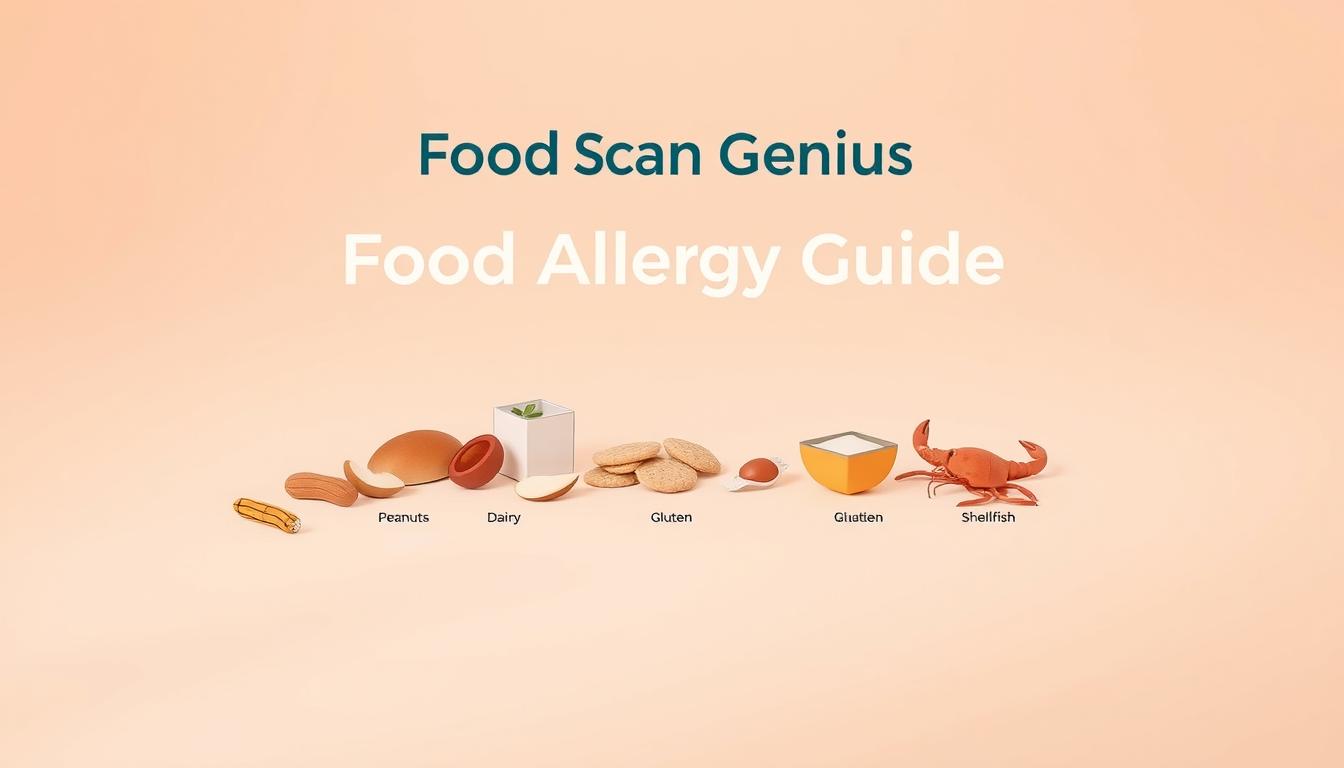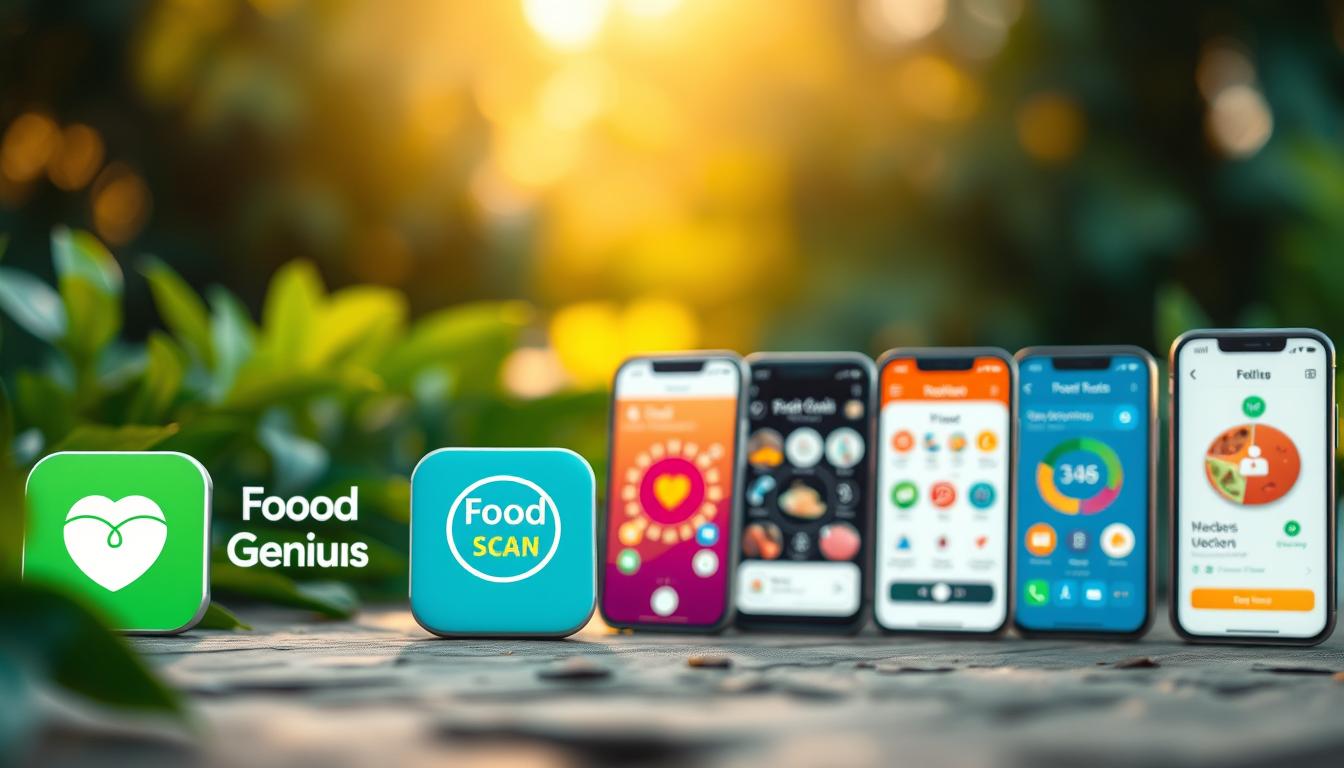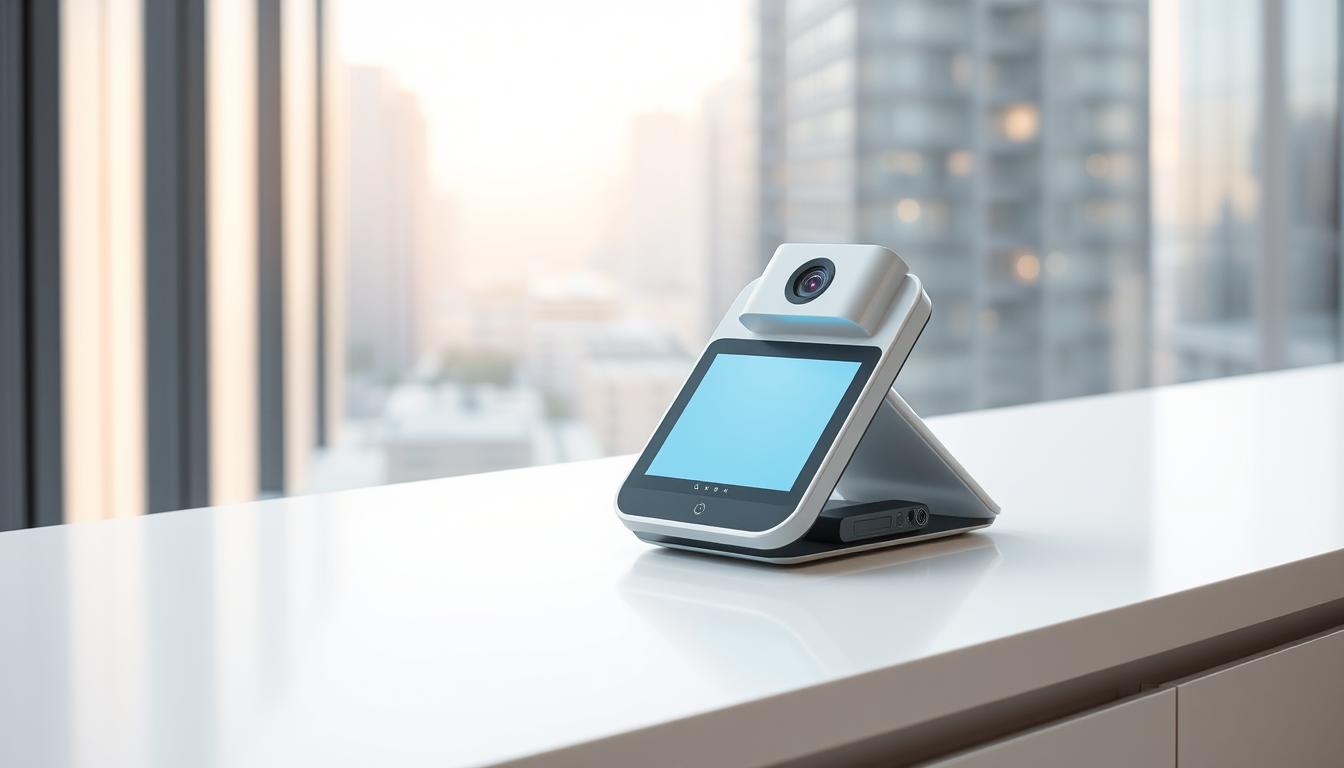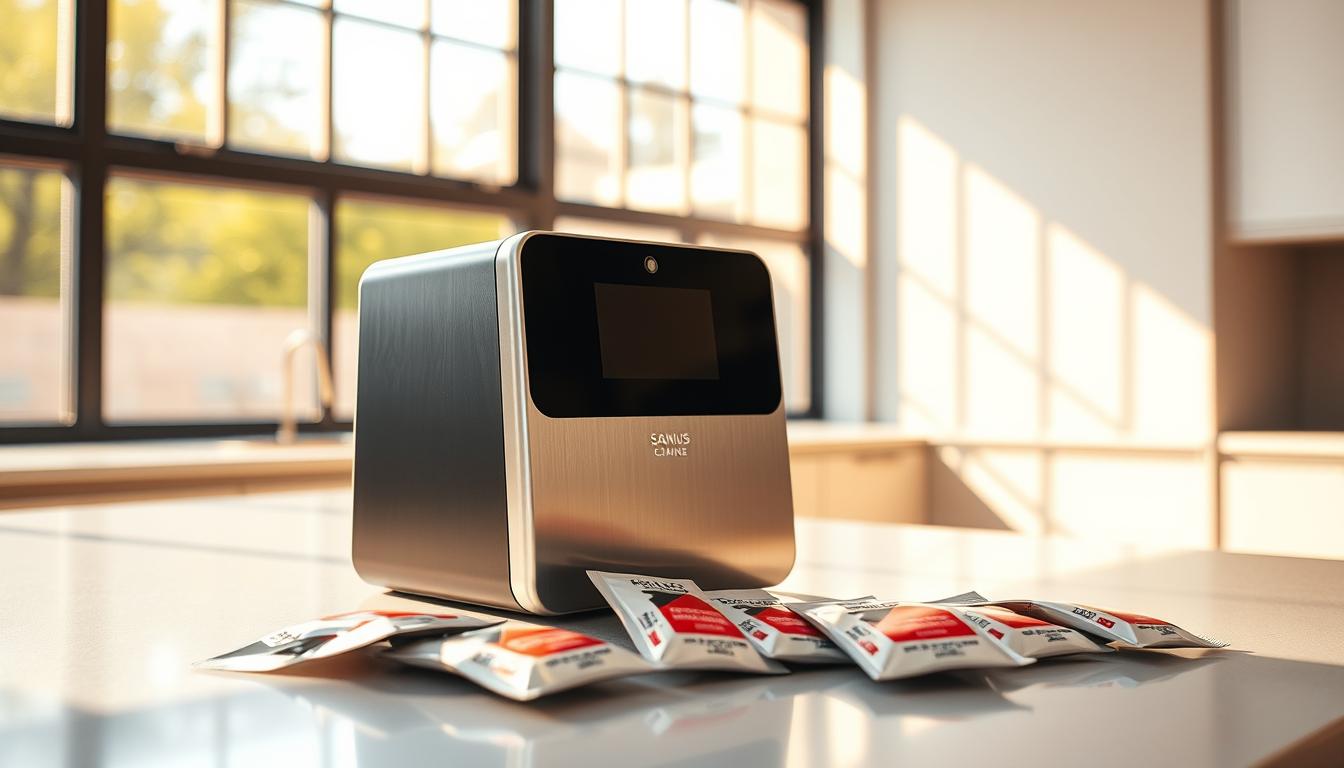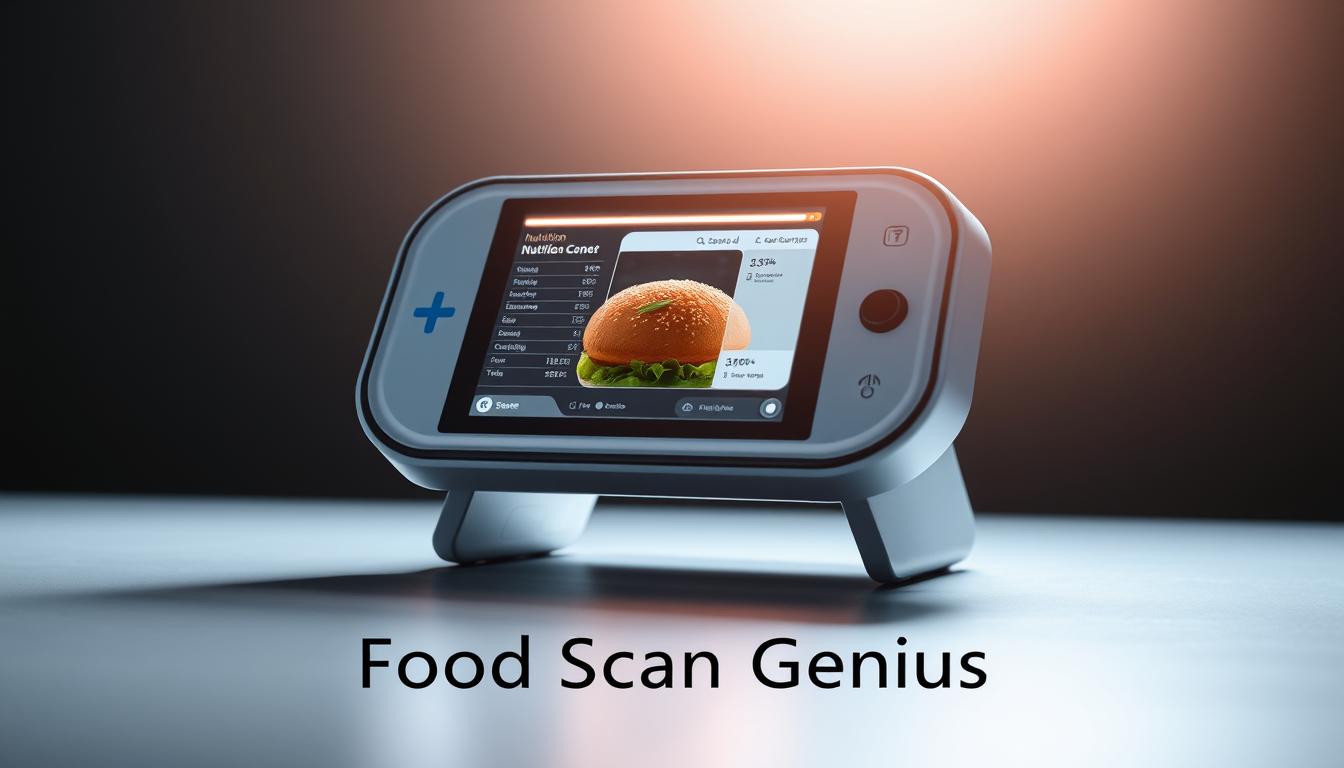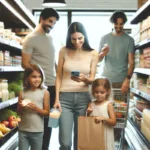Yuka App Review: Is It Actually Accurate? I Tested 100+ Products Can you trust Yuka to make your health decisions? This product-scanning app helps millions avoid harmful ingredients and has grown to 56 million users in 12 countries. The Yuka app rates purchases for one-third of French citizens. American users are joining faster, with 20,000 new downloads each day. Users scan barcodes to get ratings from 0-100, and products get labeled from “Bad” to “Excellent” based on ingredient safety. The app sits at #1 in Apple App Store’s health and fitness category, but questions about its rating system still exist. 31% of U.S. beauty and personal care shoppers used apps and websites to check product safety in 2022. Scanning apps saw their usage grow from 9% to 11% between 2022 and 2023. The app’s popularity doesn’t guarantee its accuracy. Critics say Yuka only spots potentially harmful ingredients without looking at their amounts – a big limitation in assessing real risks. My detailed review tested over 100 products in food, cosmetics, and household items. The results show if this viral sensation gives reliable information or just creates needless worry about everyday ingredients. What Is the Yuka App and How Does It Work? Image Source: Food Navigator Yuka is a barcode-scanning tool that tells you how healthy your everyday products are. Three French entrepreneurs – Benoit Martin, François Martin, and Julie Chapon – launched this app in 2017 to help people make better choices about their food and personal care items [1]. Barcode Scanning and Product Categories Using the app is simple. Just point your phone’s camera at a product’s barcode, and you’ll see a detailed health evaluation in seconds [2]. The app uses Scandit Barcode Scanner SDK technology, which proved to be the best option after testing several scanning solutions. This technology works well even with unclear barcode images [2]. The app’s database has grown into an impressive collection of about 3 million food products and 2 million cosmetic products [3]. Users add 1,200 new products every day [2]. The database covers items from several categories: Food products (packaged foods, snacks, beverages) Cosmetics and personal care (makeup, skincare, hair products) Household items Food Scan Genius offers bigger databases and wider global coverage than Yuka, thanks to its AI features. Scoring System: Excellent to Bad Each scan shows a score from 0 to 100 and uses colors to make ratings easy to understand at first glance [4]. Products fall into four groups: Excellent (75-100): Dark green Good (50-74): Light green Poor (25-49): Orange Bad (0-24): Red Food items get scored based on three factors: Nutritional quality makes up 60% of the score (using the Nutri-Score method) [5] Additive content accounts for 30% [5] Organic certification adds a 10% bonus [5] Cosmetic products have their own scoring system. The app looks at each ingredient’s health and environmental effects, including hormone disruption, cancer risks, allergies, irritants, and pollution impact [6]. Products with low scores come with suggestions for healthier alternatives [3]. The app stays independent and doesn’t “take any money from brands or manufacturers to influence evaluations or recommendations” [7]. Ingredient Risk Categories Explained The app uses colored dots to show four risk levels [8]: Risk-free: Green dot Low risk: Yellow dot Moderate risk: Orange dot Hazardous: Red dot Risk levels play a big role in scoring. Food items with “high-risk” additives (red dot) can’t score above 49/100 [5]. Cosmetics with hazardous ingredients (red dot) always score below 25/100, while those with moderate-risk ingredients (orange dot) stay under 50/100 [8]. The app explains why each ingredient got its risk rating and backs it up with scientific sources [9]. This helps users make their own choices instead of relying on marketing claims [10]. Yuka tries to make complex ingredient lists easier to understand. Some experts say this might oversimplify the science behind ingredient safety, but the app helps people make quick decisions about their purchases. How Accurate Is the Yuka App? “Although ingredients may be present in cosmetics at levels that comply with current standards, and therefore considered safe by health authorities, Yuka applies the precautionary principle and alerts consumers about potential health risks, even if they are still under suspicion.” — Yuka Team, Developers of the Yuka application A complex evaluation framework based on scientific research and databases powers Yuka’s simple rating system. The app’s accuracy depends on both its strong methodology and its shortcomings. Scientific Sources and Methodology The app prioritizes the most reliable studies to build its analysis. To assess cosmetics, Yuka looks at findings from official organizations like the European Scientific Committee for Consumer Safety (SCCS), European Chemical Agency (ECHA), U.S. Environmental Protection Agency (EPA), and International Agency for Research on Cancer (IARC) [11]. The app refers to assessment reports from the FDA, EFSA, WHO, and independent scientific studies to rate food additives [12]. Yuka uses the Klimisch rating system—a toxicology reference standard—to check study quality [11]. This systematic process helps build trust in its ratings. The precautionary principle shapes Yuka’s rating philosophy. The app warns users about health risks if scientific doubts exist, even if ingredients meet current regulations [11]. This careful approach often results in stricter ratings than what regulatory bodies might give. Limitations in Ingredient Quantity Context The app’s biggest problem lies in its inability to factor in ingredient quantities. Yuka skips concentration levels for several reasons: Manufacturers rarely share exact quantities of ingredients [13] Some ingredients, particularly suspected endocrine disruptors, might cause issues even in tiny amounts (no threshold effect) [13] Small amounts of certain ingredients in multiple products can add up to reach safety limits [13] So, Yuka rates products based on whether ingredients are present rather than their amounts. This method creates simple yes/no assessments that miss subtle differences—products with trace amounts of concerning ingredients get the same penalty as those with higher levels [14]. The app analyzes all products per 100g/100ml no matter how people use them [15]. This standard approach makes comparing products easier but doesn’t match real usage patterns. How Often
Simplify Low FODMAP Shopping with Food Scan Genius
“Struggling with low FODMAP shopping? Discover how Food Scan Genius simplifies grocery shopping for those with dietary restrictions. Your new shopping BFF! 🛒”
Top Allergens in Packaged Foods: Your Guide
Top allergens in packaged foods revealed! Get the Food scan Genius app for iOS & Android to shop safely. Your AI assistant for food allergies! 🎯 https://food.scangeni.us
Explore Top Yuka App Alternatives for Healthy Living
Discover reliable Yuka app alternatives that help you make informed choices about food and cosmetics. Compare ingredients, get health ratings, and shop smarter today
Discover the Best Way to Scan Food Ingredients
Learn how to scan food ingredients quickly and effectively to make healthier choices at the grocery store. Discover apps and tools that help you understand what’s in your food
Analyze Artificial Sweeteners Quickly with Our New Scanner
Discover hidden artificial sweeteners in your food with our innovative artificial sweetener scanner. Make informed choices about your diet and protect your health instantly
Easily Track Calories by Scanning Barcodes with Our App
Track your daily nutrition effortlessly using our calorie tracker with barcode scan feature. Simply scan food items, get instant nutritional info, and maintain a healthier lifestyle
Healthy Food Scanner: Empowering Your Nutritional Decisions
Discover how a healthy food scanner revolutionizes your dietary choices. Make informed decisions about ingredients, allergens, and nutritional content for a healthier lifestyle


